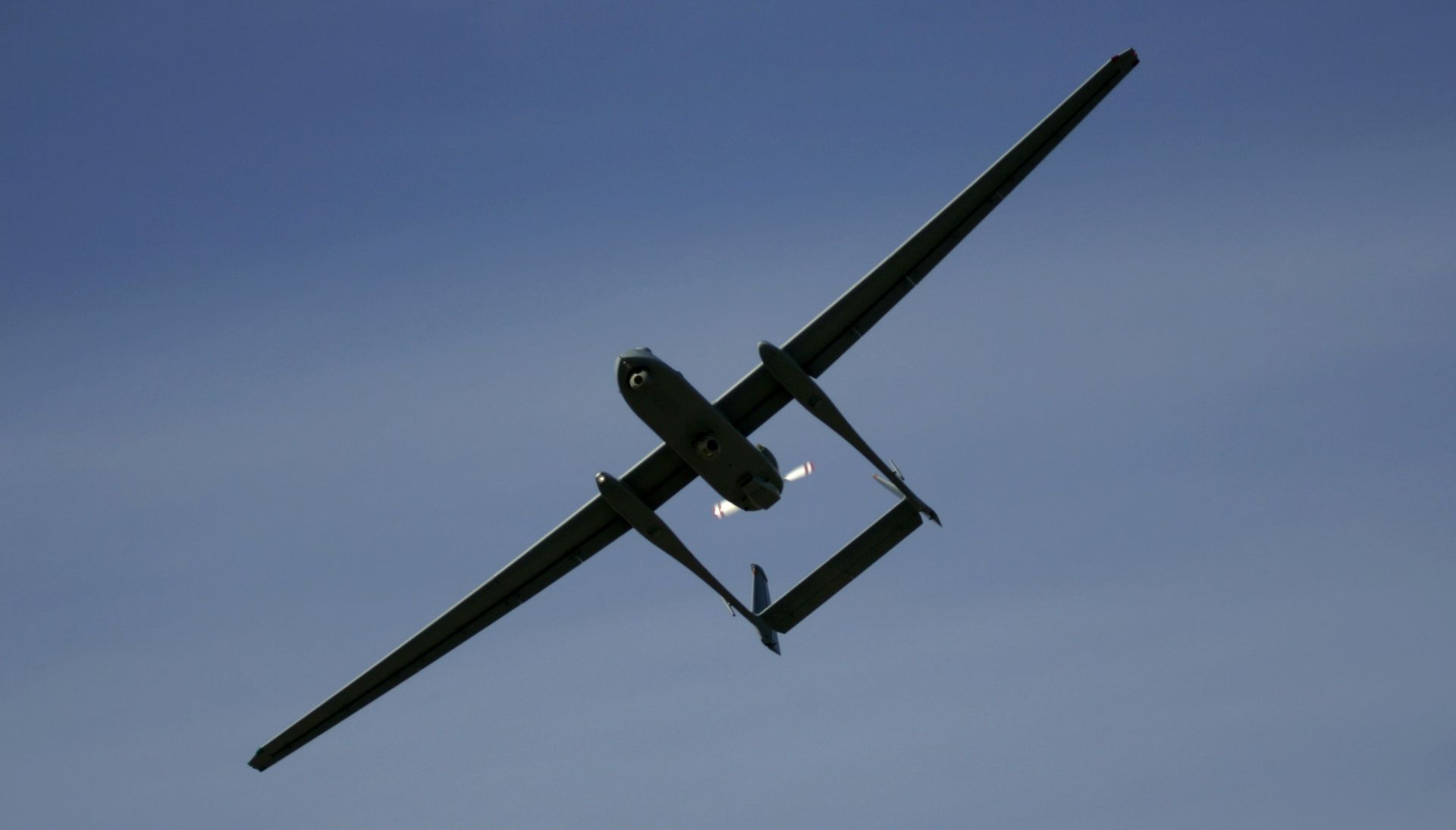US Air Force, SCHRIEVER AIR FORCE BASE, Colo.: Space systems experts with the 2nd Space Operations Squadron here reached a crucial milestone in deploying the $800-million Architecture Evolution Plan ground control system Sept. 14.
The transition from legacy to Architecture Evolution Plan, called AEP, was conducted seamlessly in real time without any data service interruption to users, said Lt. Col. Kurt Kuntzelman, the 2nd SOPS commander.
“That's exactly what we were striving for initially,” Colonel Kuntzelman said. “Now AEP will allow us to keep enhancing, modernizing and increasing our dominance in providing the best space-based positioning, navigation and timing services in the world.”
Col. Terry Djuric, the 50th Space Wing commander, declared all AEP transition activities complete at 11:23 a.m. after Airmen with the 2nd and 19th SOPS completed Global Positioning System navigation data uploads to the 31-satellite GPS constellation.
“What we've been doing is incrementally transitioning GPS operations from the legacy floor to the AEP operations floor,” said Maj. John Doucet, the 19th SOPS modernization support officer. “This was a phased transition where we synced up the databases and the navigation mission.”
AEP is the first step toward a modernized system that will make current and future GPS features available to users on the ground, Major Doucet said. An immediate benefit is the ability to tie the control system into the Air Force Satellite Control Network, complementing an existing array of GPS ground control stations around the world.
“We did testing early on to see if we could connect to our satellites through AFSCN,” said Lt. Col. Janet Grondin, the GPS operational control segment program manager for the GPS Wing at Los Angeles Air Force Base, Calif. “It's a huge capability: we can now contact a satellite at any time.”
The transition, from a legacy system using 1970s technology and mainframe computers to a distributed computing architecture had to be seamless. For that to happen, the new baseline had to look exactly like the old baseline with regard to the navigation and timing data.
“The control segment is what develops the navigation signal and keeps the timing signal correct,” Colonel Grondin said. “When we're replacing that signal with a new one, you can't get that wrong. That's the real feat. The measure of success is that warfighters and civil users can go about their business using GPS with the same great signal we've always produced.”
“Ideally, (the transition) won't have any effect on our end users … but we're listening,” Major Doucet said. Support specialists in the GPS Operations Center regularly field calls from civil and military users, helping them troubleshoot issues with GPS signals.
Boeing Corporation won the $800-million AEP contract and began development several years ago. At one point in the fall of 2006, more than 400 employees from both Boeing and Lockheed-Martin were assigned to the project, said Jeff Dimick, the GPS control segment program manager for Boeing.
“The legacy system was the only system on which GPS had operated for 22 years,” said Col. Clinton Crosier, the 50th Operations Group commander. “This is the most significant upgrade to GPS in those 22 years.”
Getting the green light to deploy AEP was no less complex. Lt. Gen. Michael A. Hamel, the commander of the Space and Missile Systems Center at Los Angeles Air Force Base, and program executive officer for space, compared the transition to “changing out an engine in a car going 65 mph.”
The scope of the project became clear to Colonel Grondin when she went to Washington, D.C., to sell federal agencies on the new system.
“When we went to the civil agencies — the Federal Aviation Administration and the Department of Agriculture — that really brought home to me how many people use GPS on a daily basis,” she said.
Many of those agencies had a say in how, or whether, the transition to AEP would take place.
The key to making AEP a success, Mr. Dimick said, was teamwork among the diverse entities involved: Boeing Corporation, Lockheed-Martin, Aerospace, Air Force Space Command, 14th Air Force, the 50th SW, 310th Space Group, GPS Wing, Air Force Operational Test and Evaluation Center at Kirtland AFB, N.M., and the 746th Test Squadron at Holloman AFB, N.M.
“This is the best teaming arrangement I've ever experienced,” he said. “It's really what helped us succeed.”
“The team that guided this operational transition from the legacy GPS ground segment to AEP … executed the mission in a disciplined and accountable manner to make sure GPS users worldwide were unaffected,” Colonel Djuric said. “Our Airmen continue to perform this mission flawlessly.”
That performance allows more than 1 billion GPS users around the world — civilian pilots, farmers, stockbrokers, warfighters and many others — to trust that they'll have access to precision navigation and timing whenever and wherever they need it.
Upon completion of the transition to AEP, the system will enter a multimonth operational evaluation period. Air Force Space Command officials will accept this enhanced capability upon successful completion of the evaluation.
Trump, Hegseth Announce Air Force’s Next Generation Fighter Platform
During a press conference at the White House today, President Donald J. Trump and Defense Secretary Pete Hegseth announced that...








